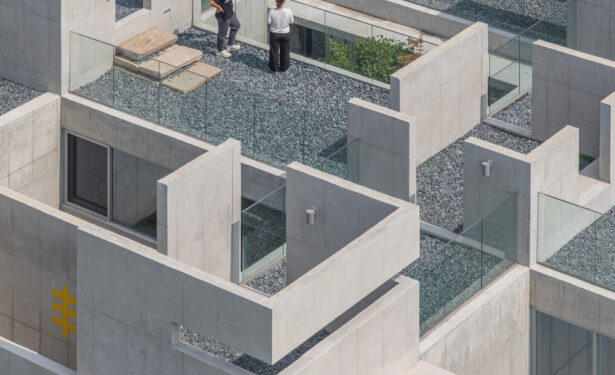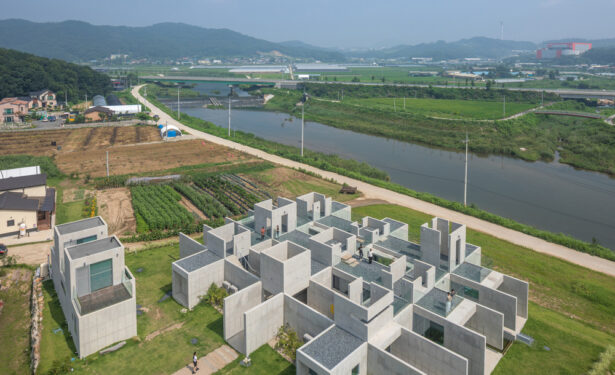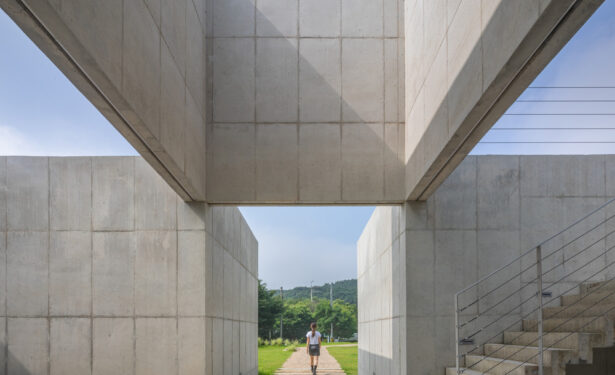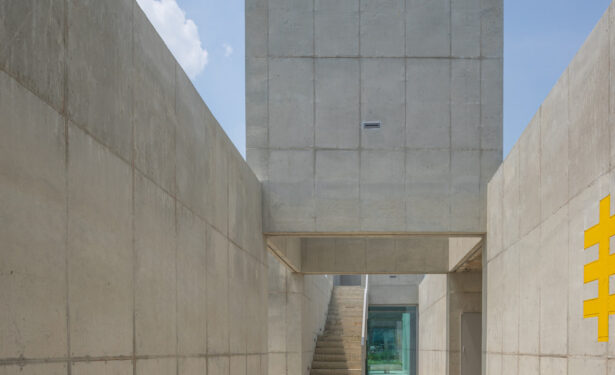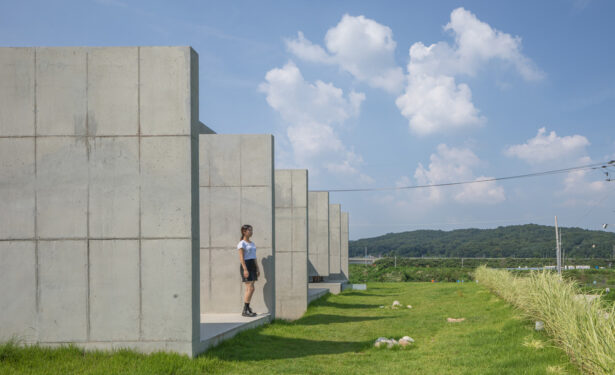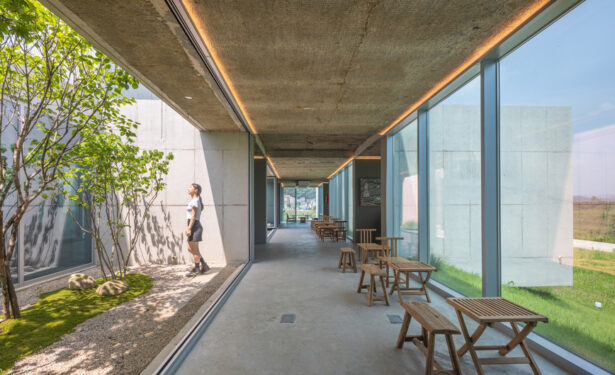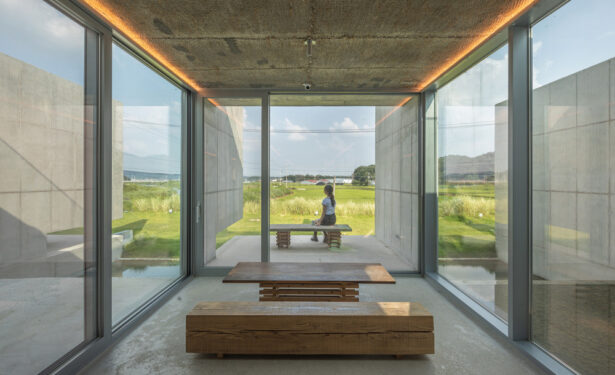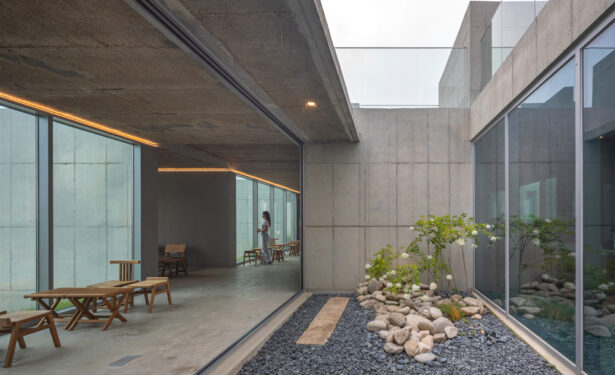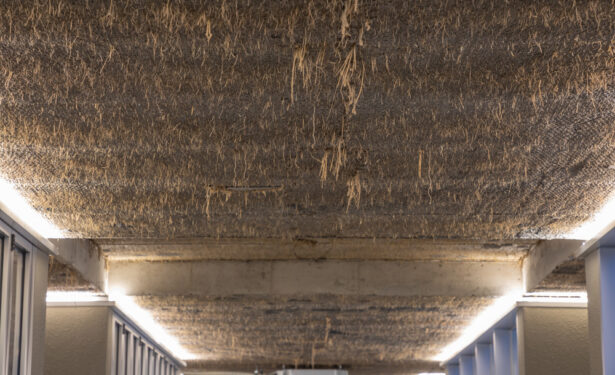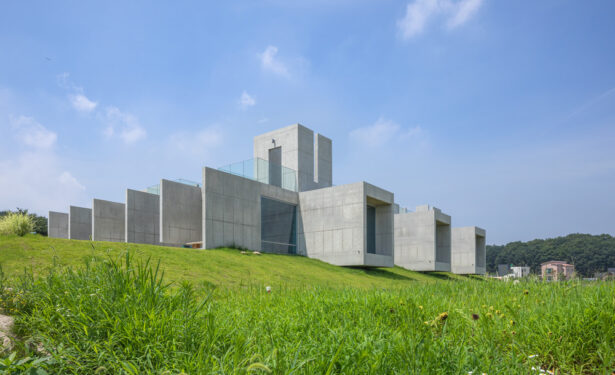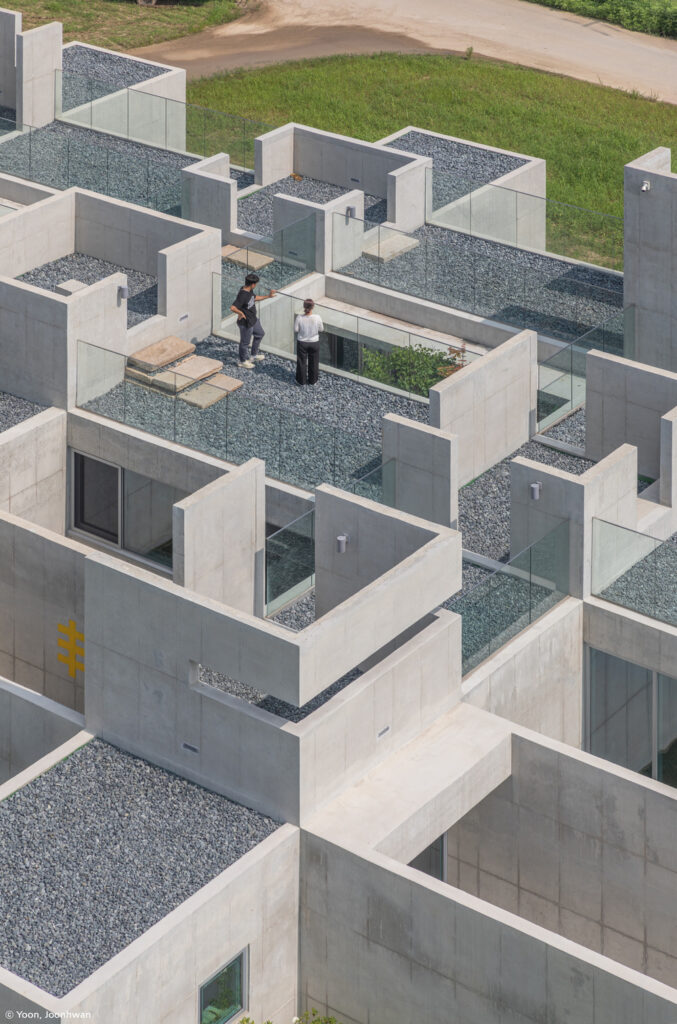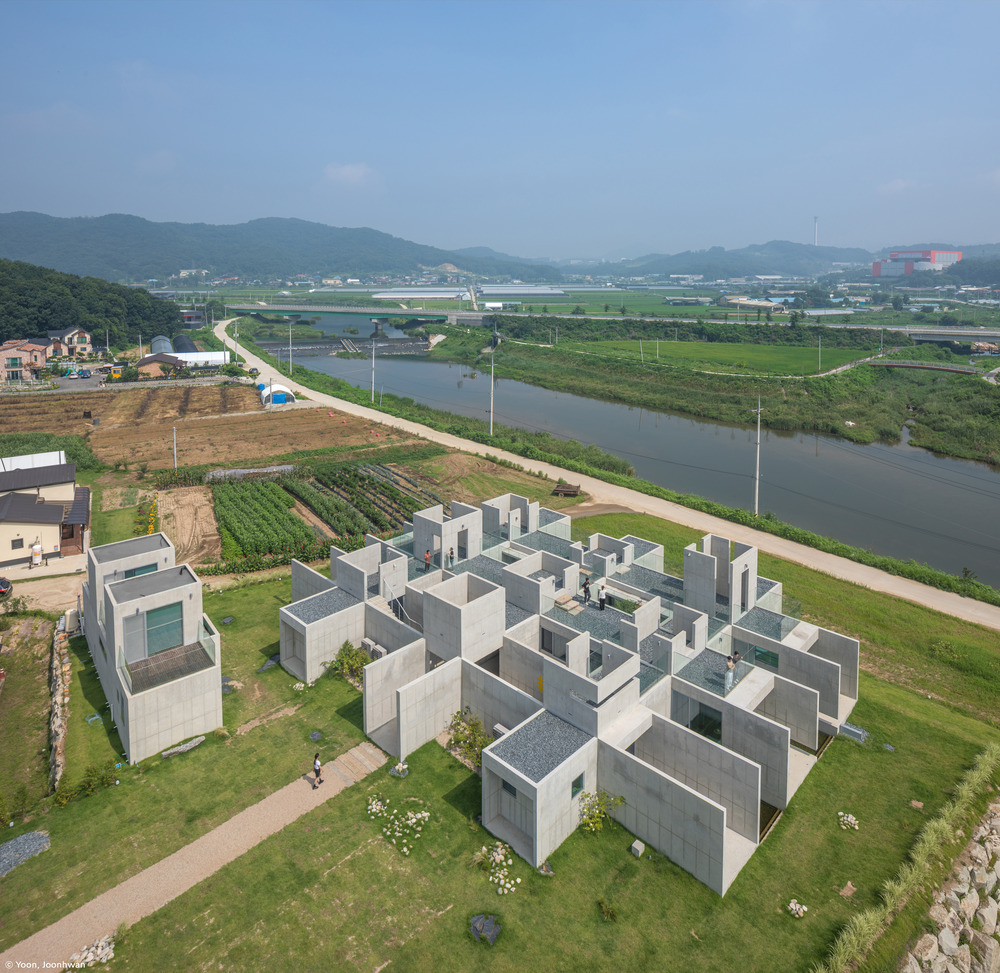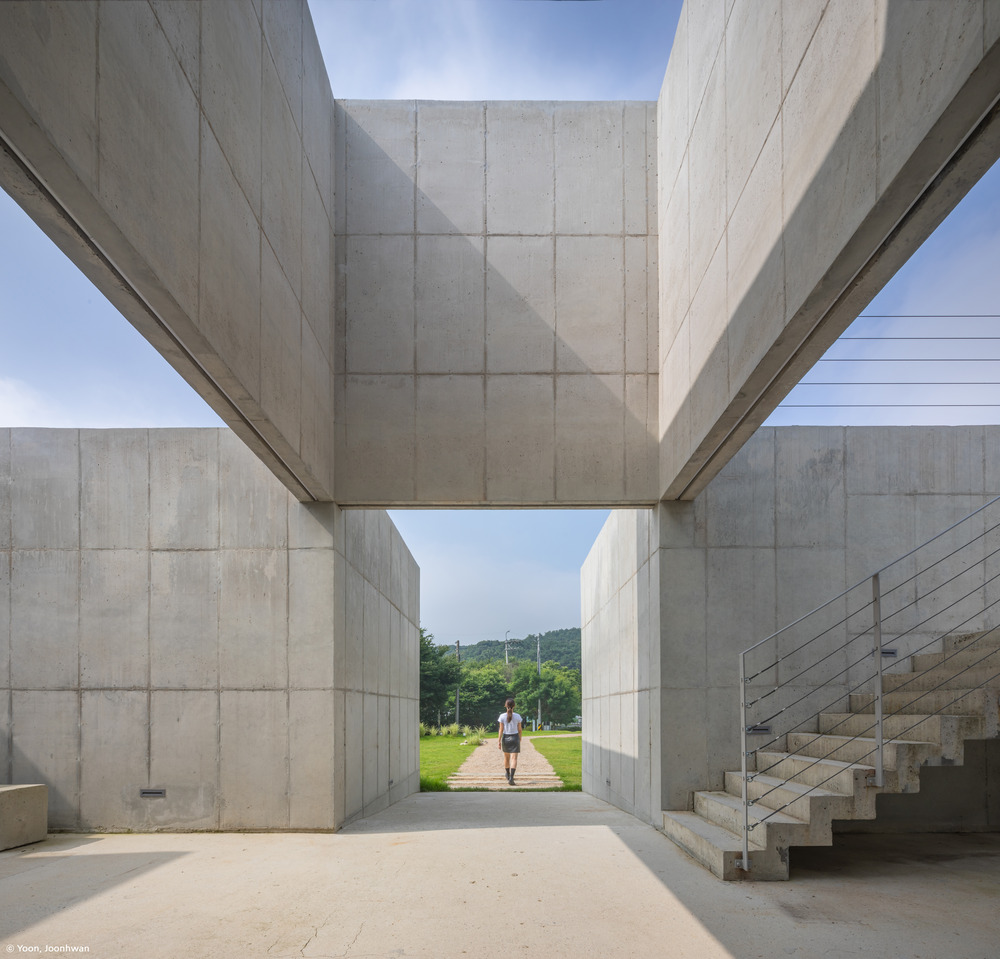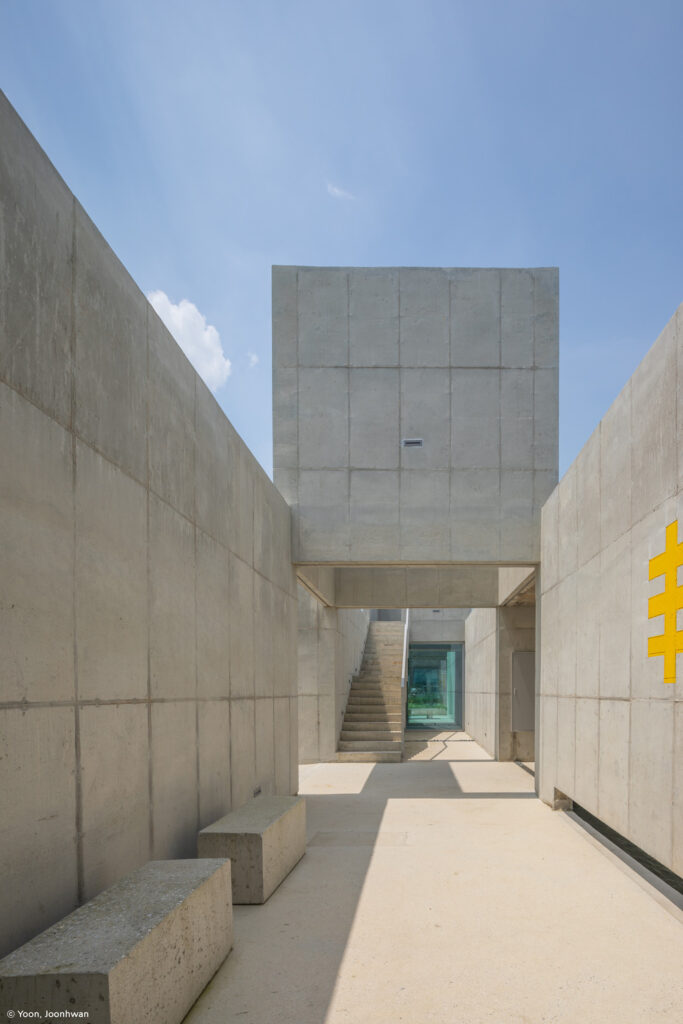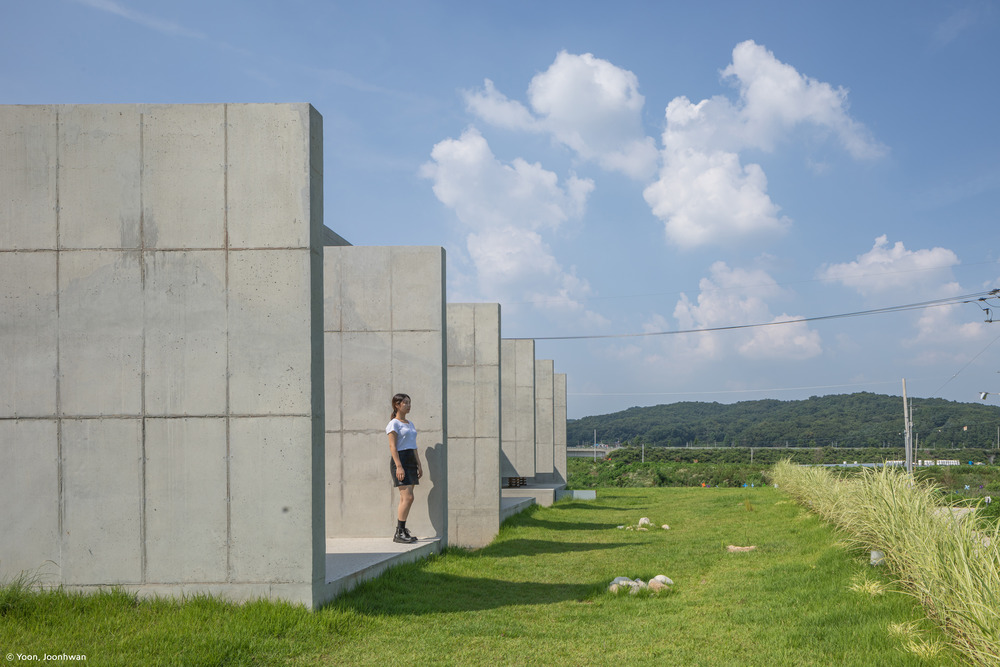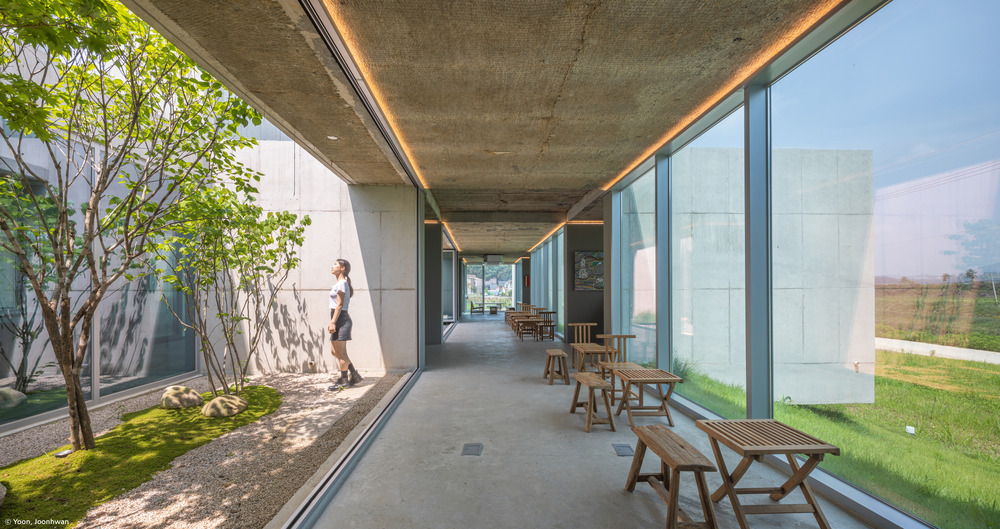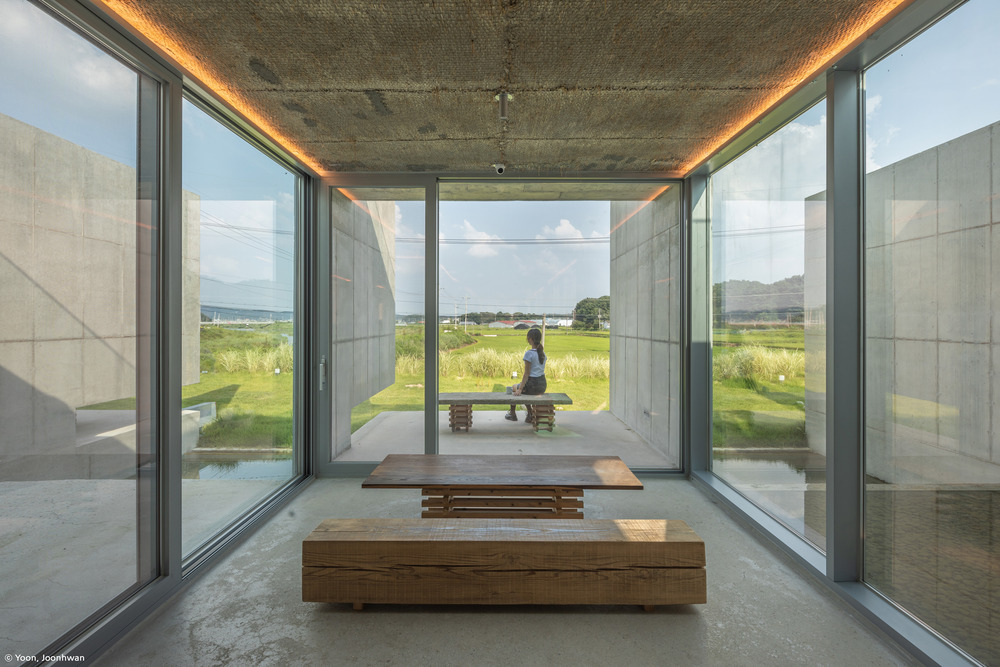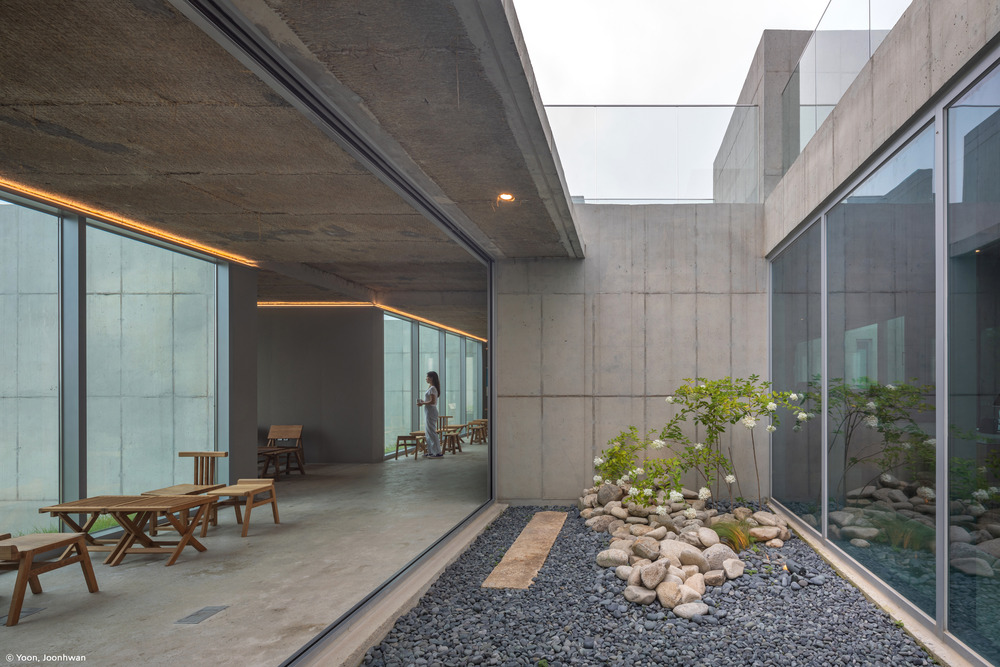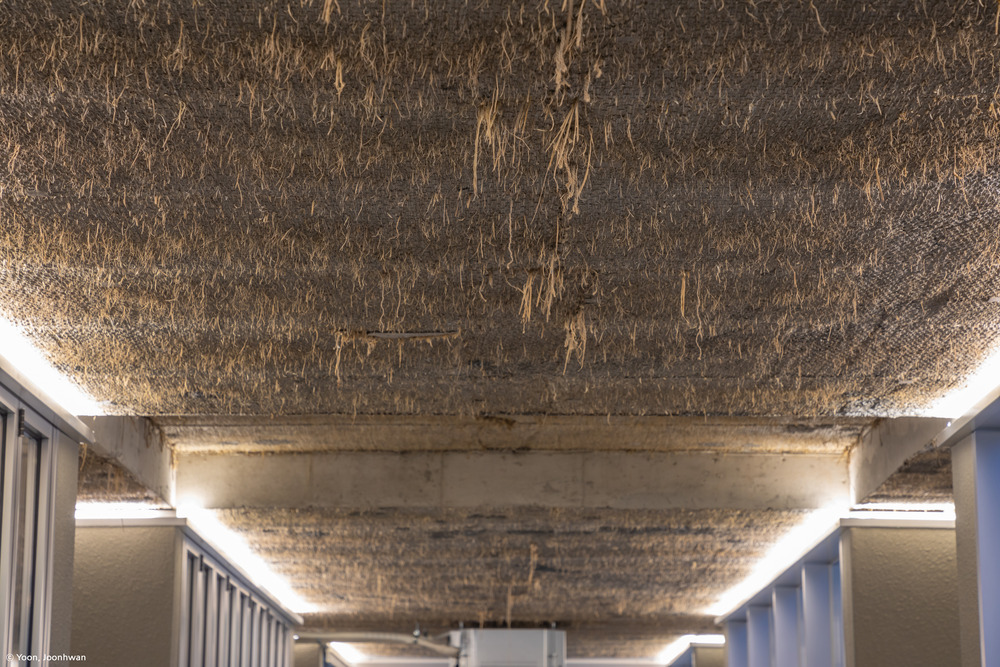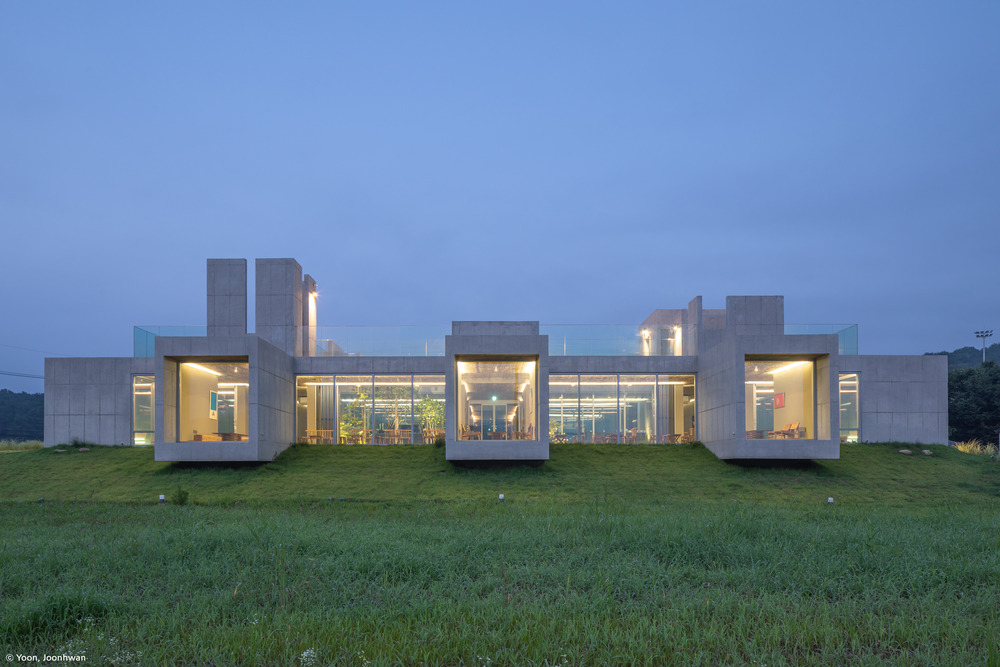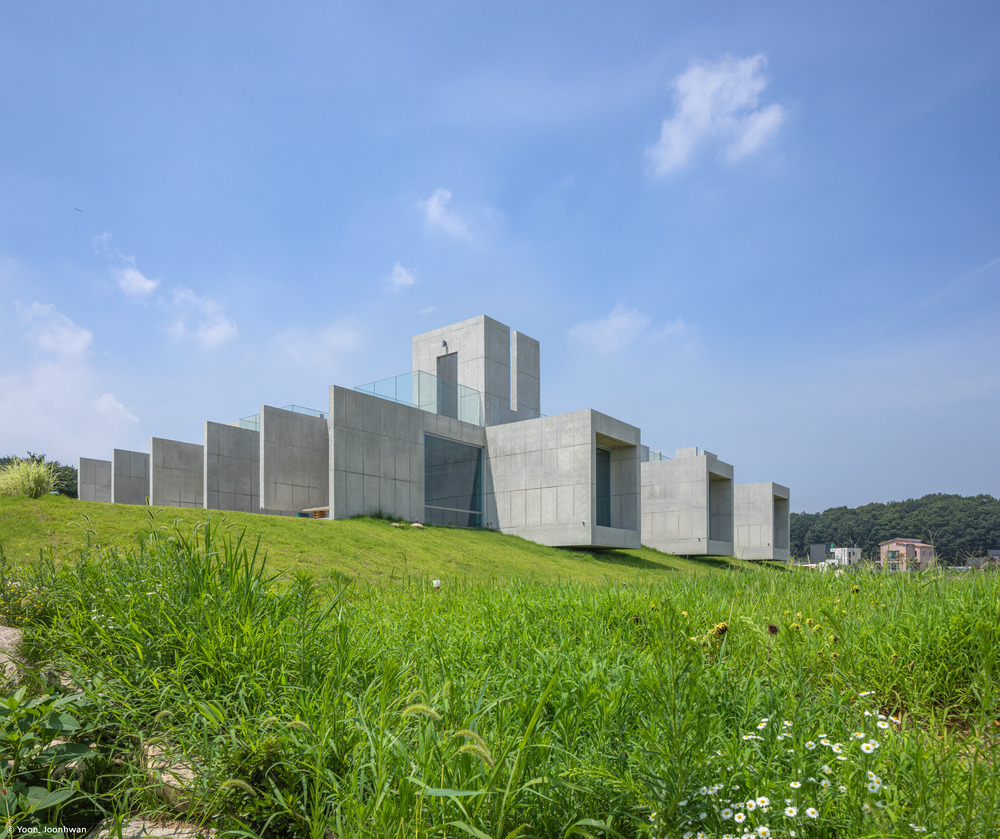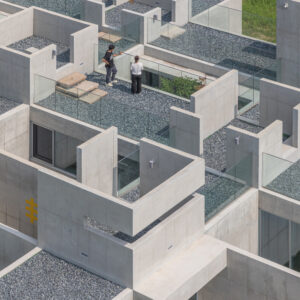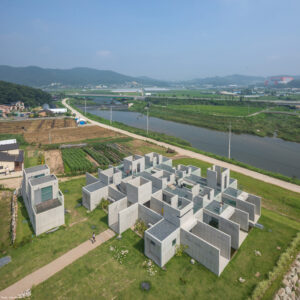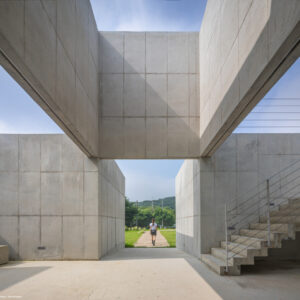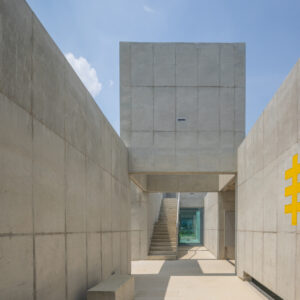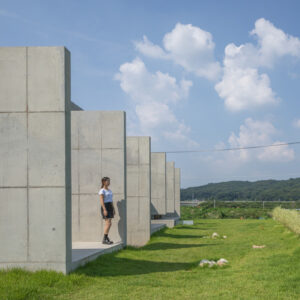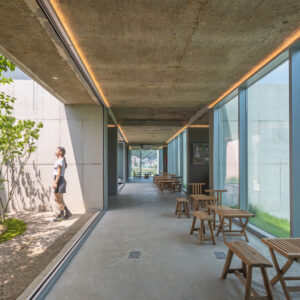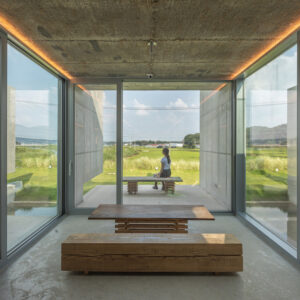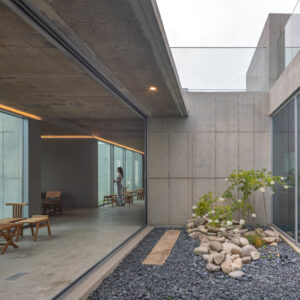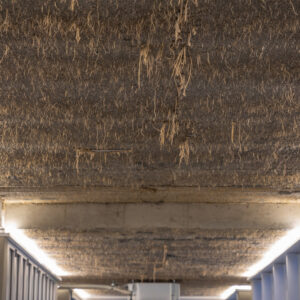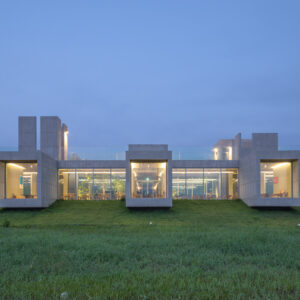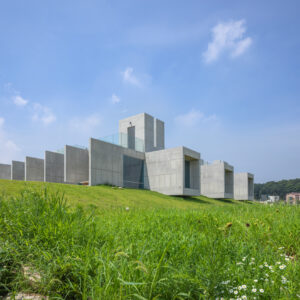- 26 January 2024
- 307 defa okundu.
NONSPACE
On Architects Inc. unveils NONSPACE, a project to regenerate a local village renowned for rice and flower farming. With an aging population, the project proposes new life possibilities through an experimental cross-cultural facility, or “cross-space”, enabling interactions between diverse cultures.
Cross-culture: NONSPACE
At the intersections between the widthwise and depthwise orders are weaved “cross-spaces.” Each cross-space has the possibility of extensions for various programs. It is not a universal physical space, but rather a differentiated experimental space, thus the name “NONSPACE.” The intent is for it to be the spatial platform for a local private sector cultural complex that goes beyond the functions of ordinary commercial spaces, enticing cultures to merge and interact with one another as part of a process to create the new. The cross-spaces created in the widthwise and depthwise orders will produce a new variety of cross-cultures in an extensible way.
Rice-straw exposed concrete
The construction of exposed concrete with rice straw was experimented on to produce the indoor atmosphere in which one can feel as if having entered a straw-woven space. Before concrete placing, the sheaves of rice straw were laid on the slab form and drenched with water they would absorb the moisture of concrete. The form and sheaves were eventually removed, while the rice straw stuck in the concrete remained. Over time, the atmosphere of space will keep varying as the straw changes.
The space of five senses
As you enter the cross-space at the entrance, you can feel the changing sky and the wind, and can sense the existence of water through flowing sounds emerging from a gap in the floor. The water provides auditory pleasure, beyond a simple visual device. Inside, service spaces are divided into two opposite sides, and the source of the water sounds becomes visually evident. With trees for all four seasons, visitors discover another void space that secures a visual sense of openness with a stony landscape. Olfactory receptors are enlivened by the smells of food and beverages prepared at the service area. Walking through the indoor space, you can encounter different elements of nature: opening and closing, shrinking and expanding, and brightness and darkness. At the ends of the nine spaces created by the widthwise and depthwise orders, visual stimulus includes a variety of external landscapes. Pebbles beneath your feet as you walk on the rooftop create pleasant sounds to accompany the sound of flowing water.
